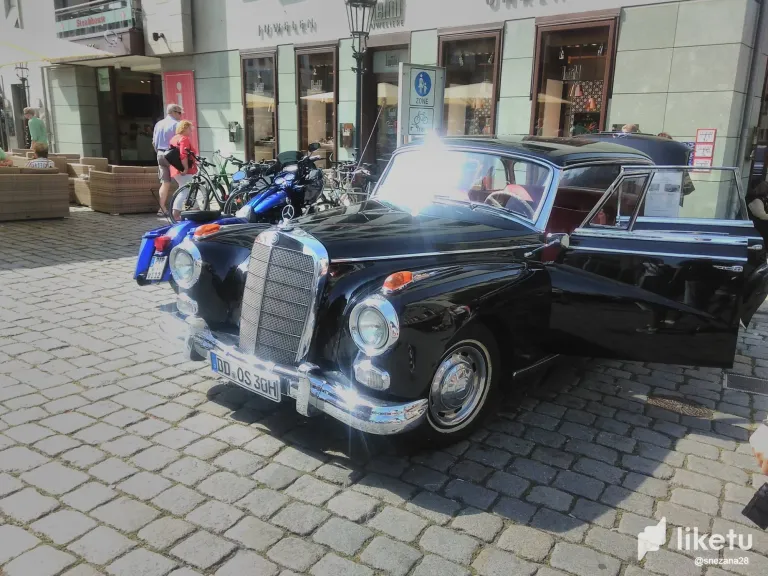
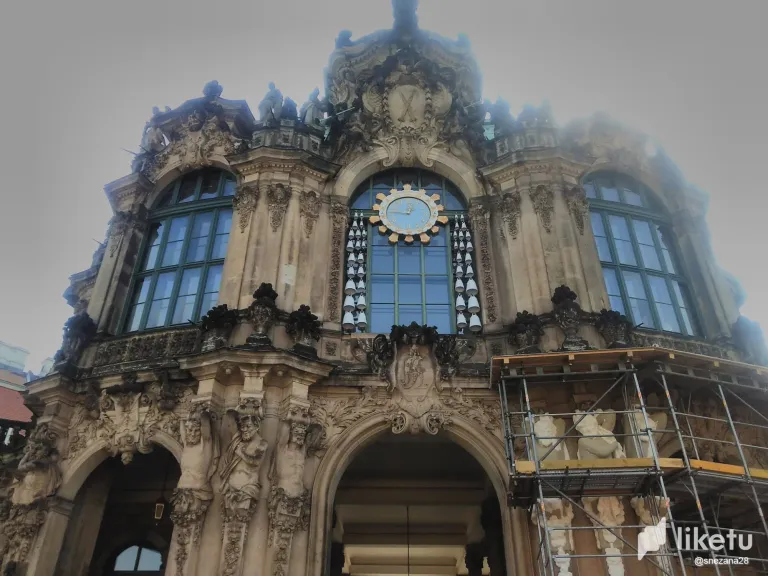
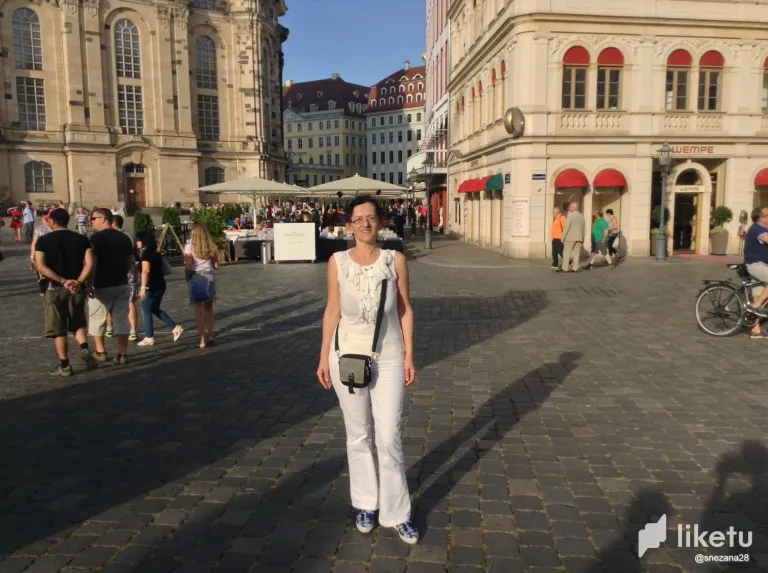
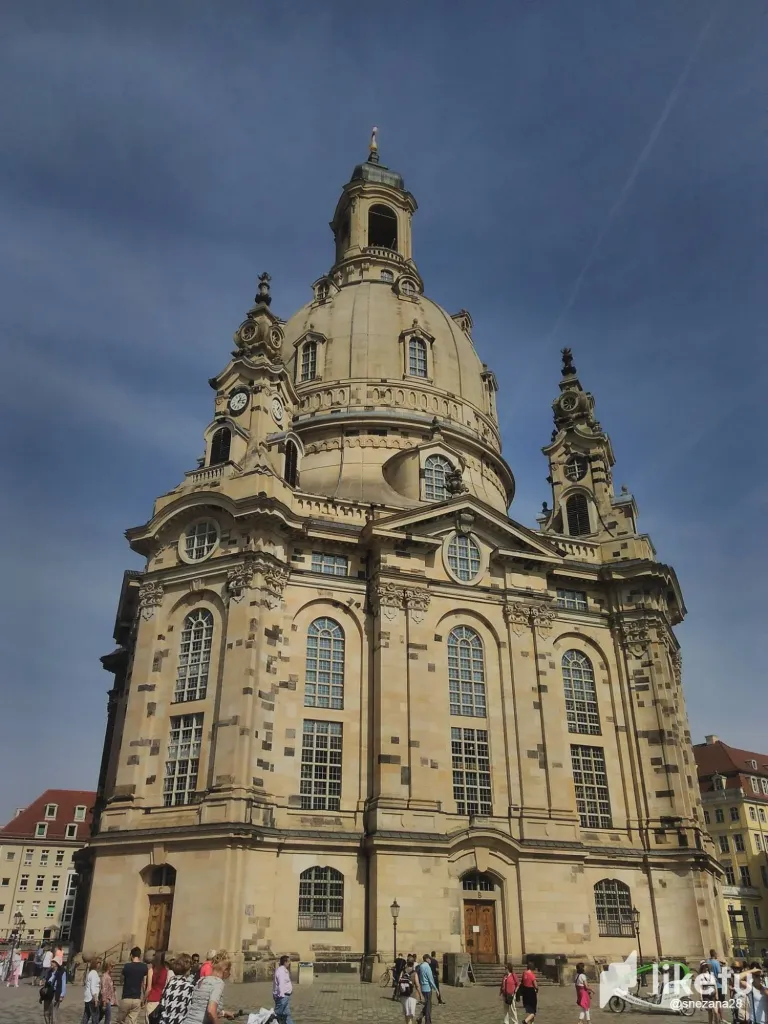
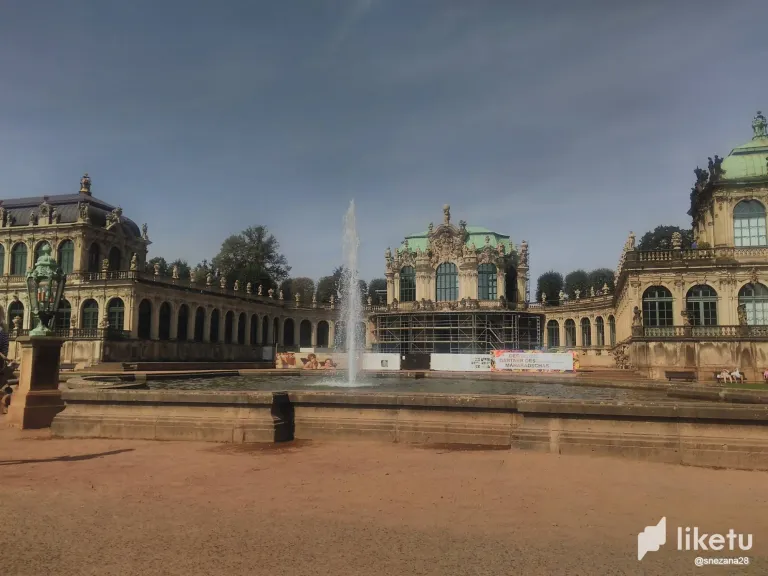
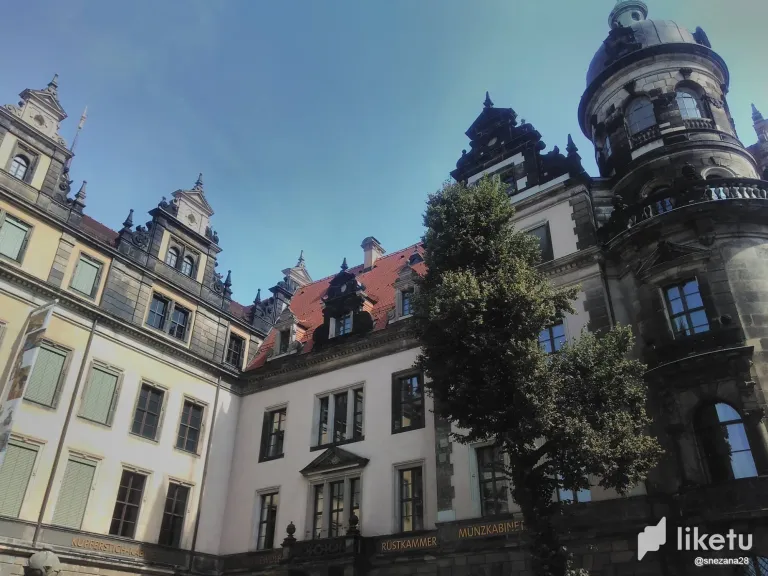
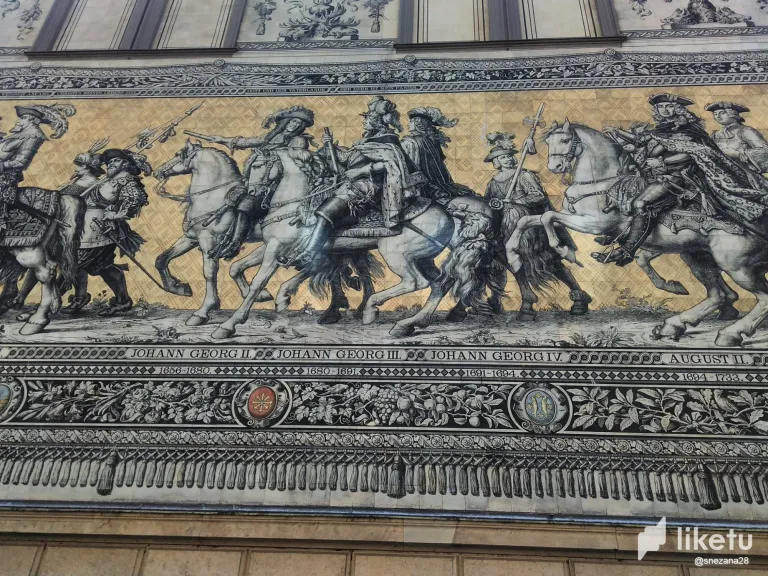
After all, it was clear to me why Goethe loved this city, why Schiller's "Ode to Joy" was created in the heart of Dresden, and it is quite clear why Dresden is synonymous with culture, a symbol of rebirth and life that many call the "Dresden fairy tale".
The story of Dresden, the capital of Saxony located in the valley of the Elbe River, is also the story of a real treasure trove of cultural treasures located in the eastern part of Germany. Why this city is still called "Florence on the Elba" was clear to me when I found myself at the famous "Teatarplatz" from where there is a magnificent view of the monumental buildings that hide deep in their foundations the story of the history of the city, which was destroyed in the Second World War. to the ground, and then like a bird "phoenix" rose from the ashes.
For the best experience view this post on Liketu